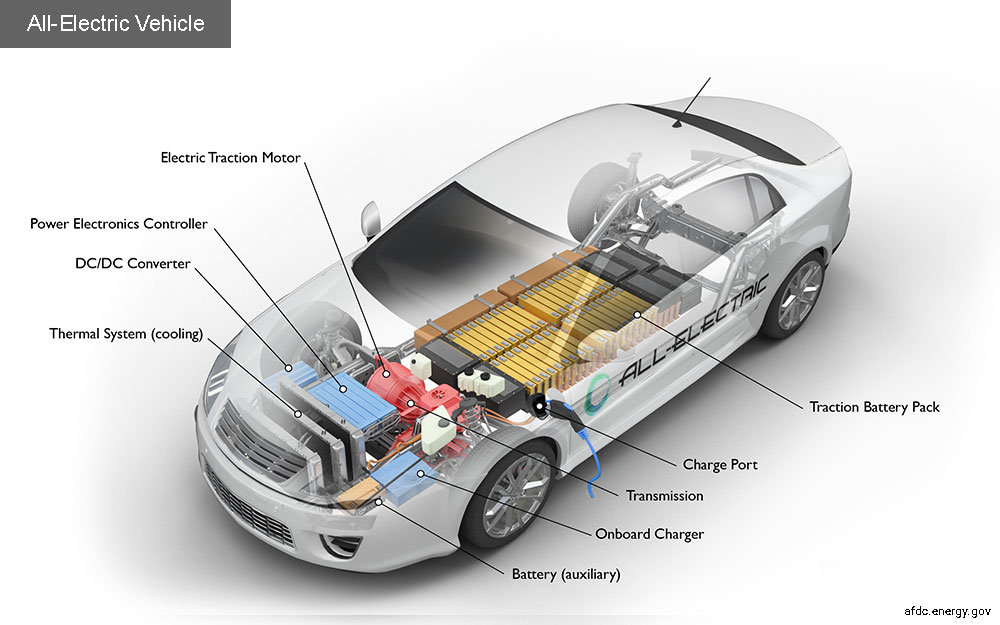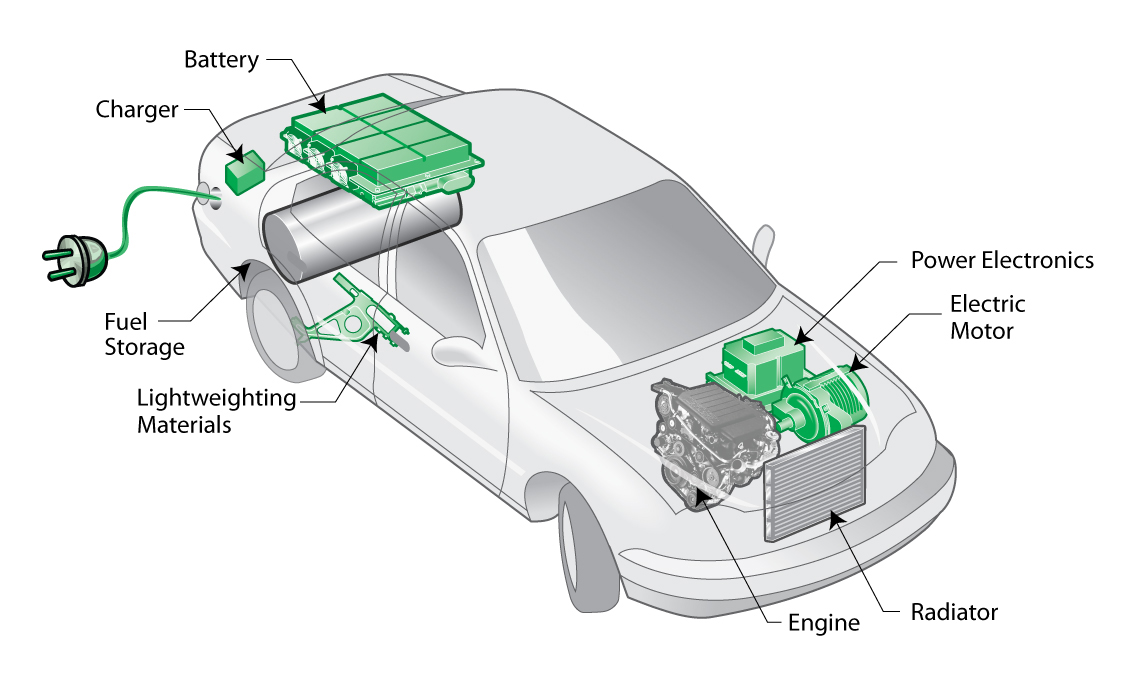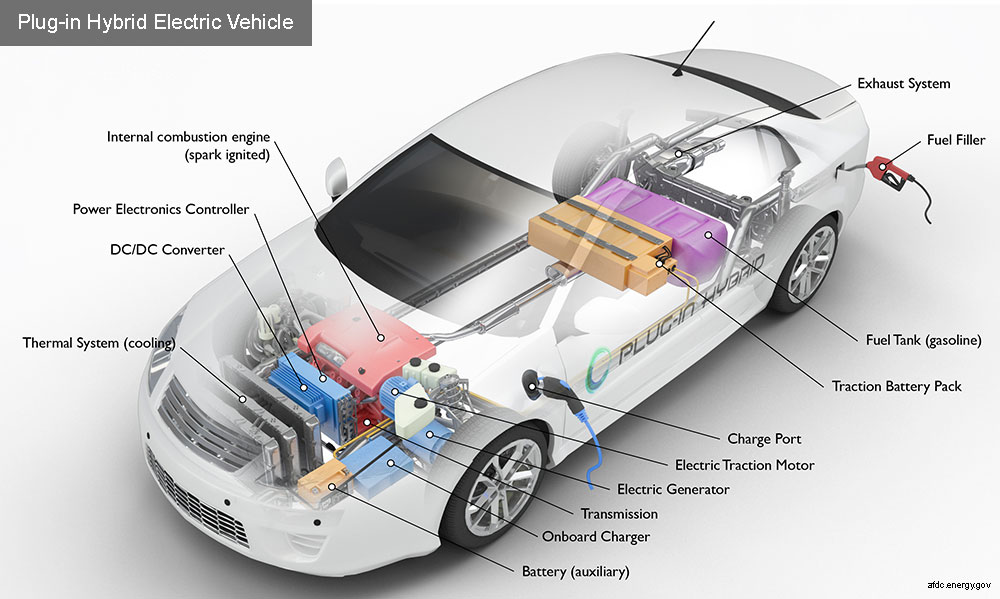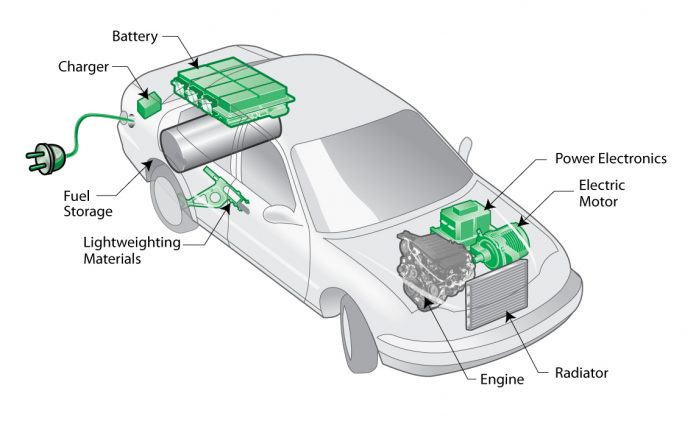An electric vehicle (EV) is a vehicle that is powered by an electric motor rather than a gasoline or diesel engine. Electric vehicles usually use a battery to store the electricity which drives the motor, although some EVs use a fuel cell to power their motor. EVs are becoming more popular as a way to reduce emissions and improve fuel economy.
Table of Contents
The 4 Types of EVs and How They‘re Changing Transportation
Electric vehicles (EVs) are becoming increasingly popular as an alternative to traditional gas–powered vehicles. They offer many advantages, including lower emissions, lower running costs, and a quieter ride. But not all EVs are the same. Here we‘ll look at the four main types of EVs and how they‘re changing transportation:
1. Battery Electric Vehicles (BEVs)

Battery electric vehicles are powered entirely by electricity stored in batteries. They are the most common type of electric vehicle, and include popular models like the Tesla Model 3 and the Nissan Leaf. BEVs have no emissions and are typically cheaper to run than gas–powered vehicles over time. They also require less maintenance and can be charged at home or at public charging stations.
Read more about What Are Battery Electric Vehicles (BEVs)
2. Plug–in Hybrid Electric Vehicles (PHEVs)

Plug–in hybrid electric vehicles are a combination of a traditional gas engine and an electric motor. They can be plugged in to charge the battery, which can then power the electric motor when needed. This means they can use either gas or electricity, depending on the situation. This makes them a great option for those who want the flexibility of a gas–powered vehicle with the added benefits of an electric one.
Read more about What is a Plug-in hybrid electric vehicle (PHEV)
3. Fuel Cell Electric Vehicles (FCEVs)

Fuel cell electric vehicles use hydrogen fuel cells instead of batteries. The fuel cells combine hydrogen and oxygen to produce electricity, which then powers the vehicle. FCEVs have a longer range than BEVs and PHEVs and are often considered to be a greener option than gas–powered vehicles. However, they are currently quite expensive and there are limited fueling stations.
4. Hybrid Electric Vehicles (HEVs)

Hybrid electric vehicles are a combination of a traditional gas engine and an electric motor. They use the electric motor to power the vehicle at lower speeds, and the gas engine to power the vehicle at higher speeds. This makes HEVs a good choice for those who want the benefits of an electric vehicle but don‘t want to be limited by the range of a BEV or PHEV.
What are the advantages of EVs?
The main advantages of electric vehicles are that they are cheaper to run than gas–powered vehicles over time, require less maintenance, and have zero emissions. In addition, they are typically quieter than gas–powered vehicles and offer a smoother ride.
What are the disadvantages?
The main disadvantages of electric vehicles are their limited range and the fact that they can be more expensive to buy initially. In addition, there can be problems with charging times and the availability of charging stations.
Conclusion – What On-tic team think about EVs
Electric vehicles are becoming increasingly popular as an alternative to traditional gas–powered vehicles. They offer many advantages, including lower emissions, lower running costs, and a quieter ride. There are four main types of electric vehicles: battery electric vehicles, plug–in hybrid electric vehicles, fuel cell electric vehicles, and hybrid electric vehicles. Each has its own advantages and disadvantages, but all offer a greener and more efficient way to get around.
































